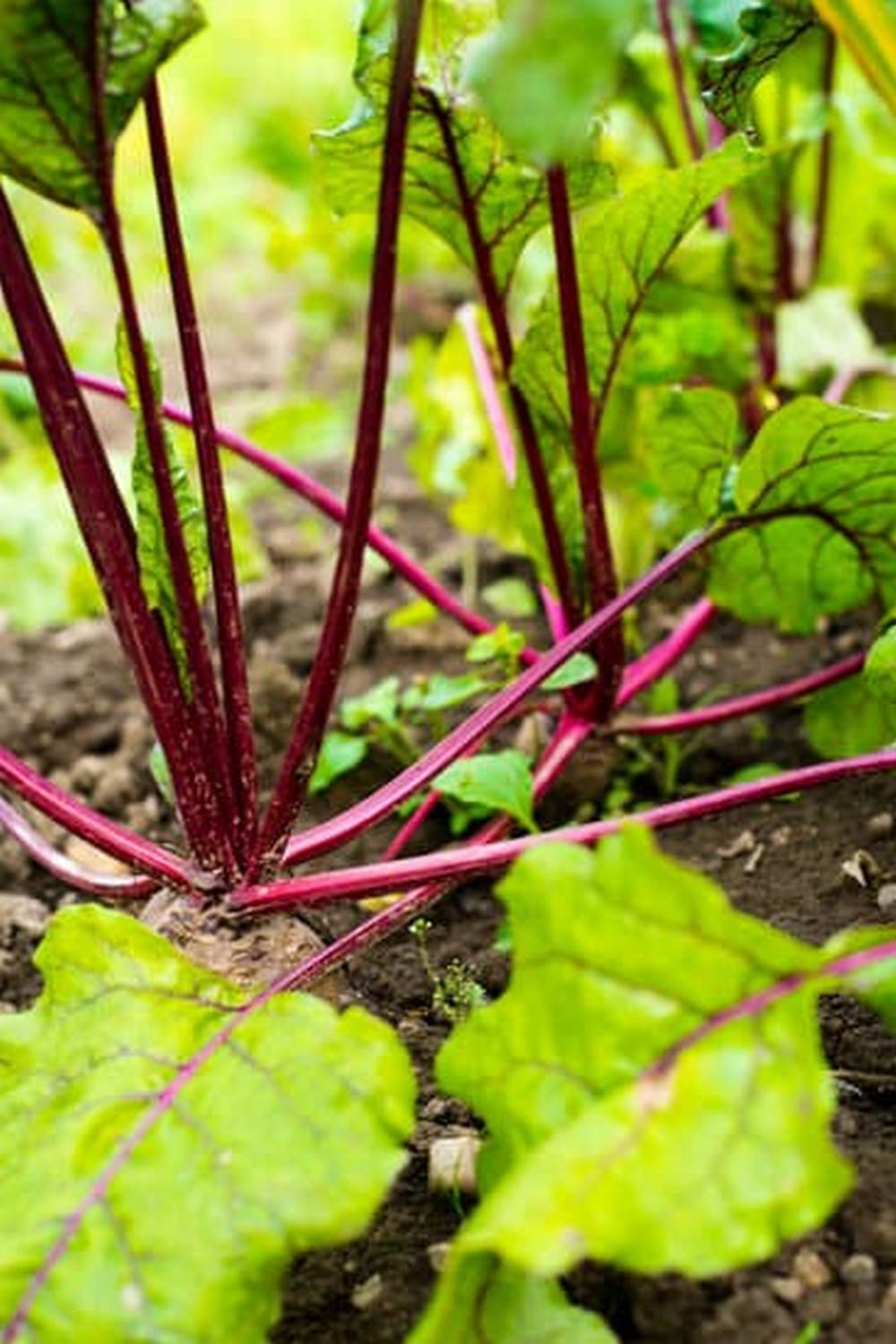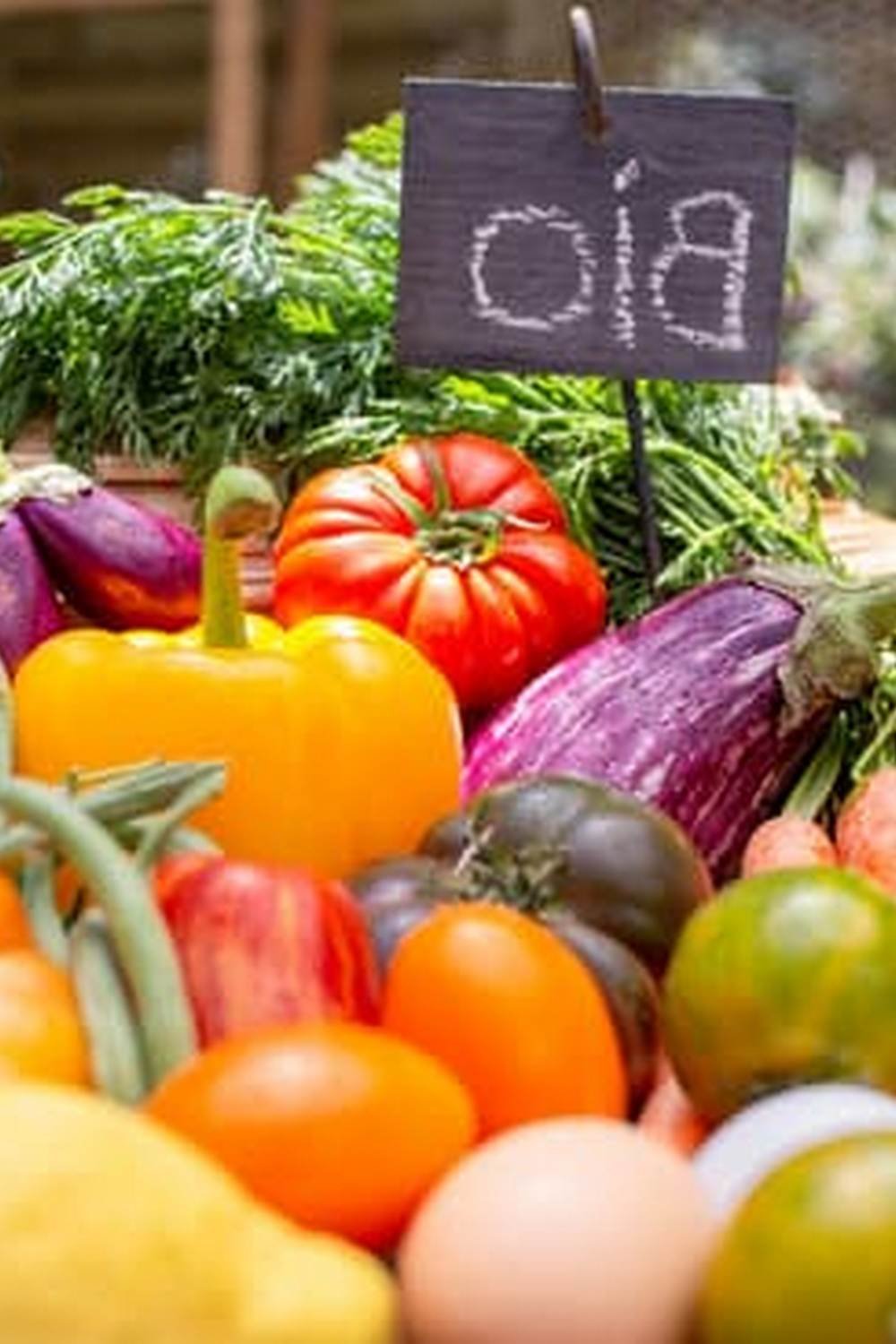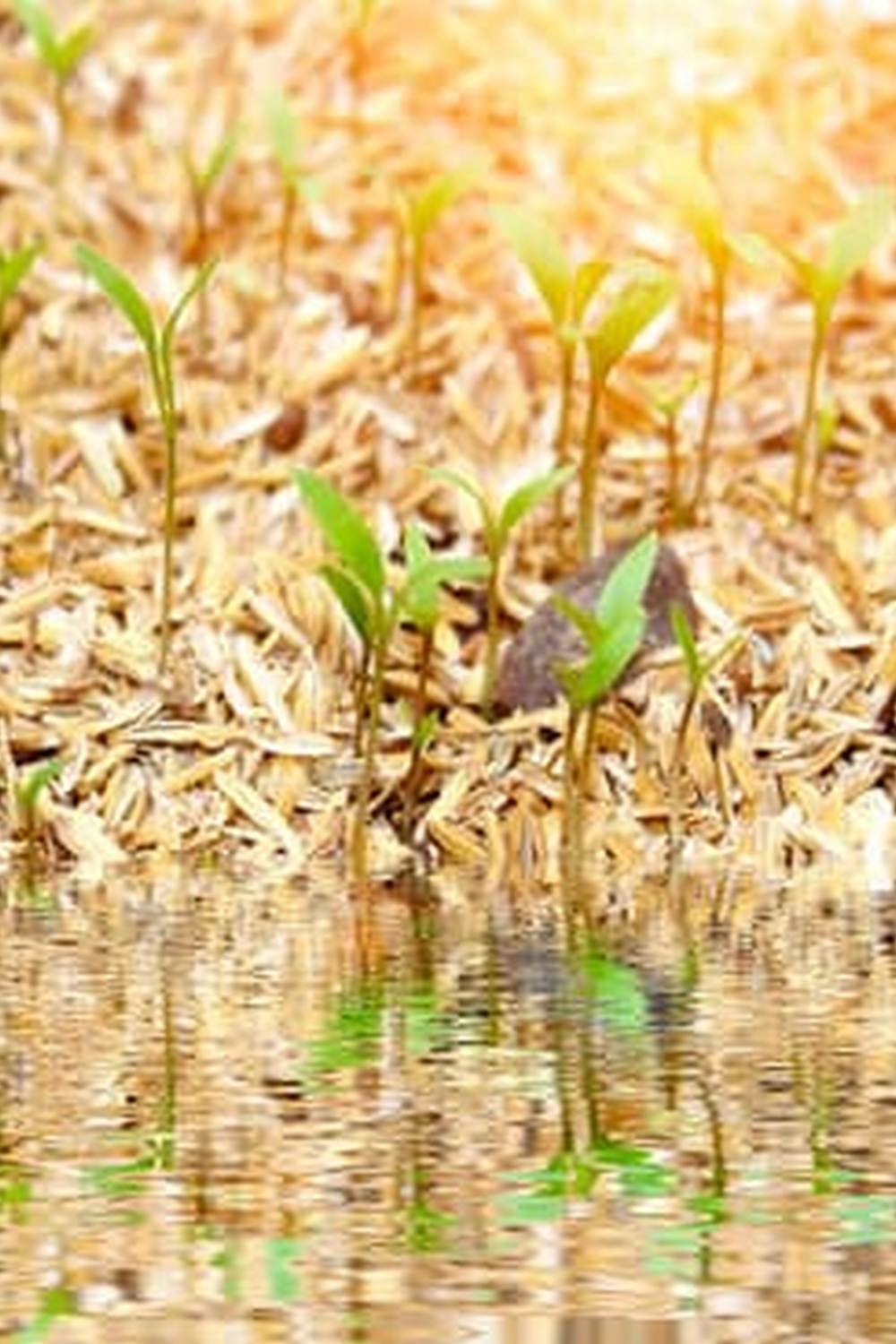Vegetable gardens are not only meant for growing a bountiful harvest of produce, but also for creating a vibrant and thriving ecosystem. One way to enhance the beauty and functionality of your vegetable garden is by incorporating flowers into the mix.
Planting flowers in vegetable gardens can be a game-changer, as they not only add visual appeal, but also provide numerous benefits for the overall health and success of the garden. In this article, we will explore the importance of flowers in vegetable gardens, discuss how companion planting with flowers can benefit vegetable plants, and highlight some top flower choices to consider for your own vegetable garden.
When it comes to selecting the right flowers to plant in your vegetable garden, it’s important to choose varieties that serve a dual purpose – both aesthetically pleasing and beneficial to the surrounding vegetables. Flowers play a vital role in attracting pollinators, repelling harmful pests, improving soil health, and adding diversity to the garden ecosystem.
By strategically integrating flowers into your vegetable garden design, you can create a more balanced and sustainable environment that encourages healthy growth and productivity for your crops.
In the following sections, we will delve into specific flower choices that are well-suited for vegetable gardens. From sunflowers and marigolds to nasturtiums and lavender, each of these flowers offers unique advantages that can enhance your vegetable garden in different ways. Whether you’re looking for natural pest repellent or simply want to add some colorful blooms to liven up your garden space, there is undoubtedly a perfect flower variety for every type of vegetable garden.
Companion Planting
Incorporating flowers into vegetable gardens is not only aesthetically pleasing but also beneficial for the overall health and productivity of the garden. Companion planting, the practice of growing different plants in close proximity to enhance each other’s growth, can significantly impact the success of a vegetable garden. Flowers play a crucial role in this practice by attracting pollinators, repelling pests, and improving soil quality.
One of the key benefits of companion planting flowers in vegetable gardens is their ability to attract pollinators such as bees and butterflies. These pollinators are essential for the successful reproduction of many vegetable plants, ultimately resulting in higher yields. Additionally, flowers can act as a natural pest control method by either repelling harmful insects or attracting predatory insects that feed on garden pests, reducing the need for chemical pesticides.
When selecting flowers to plant in vegetable gardens, it’s important to choose varieties that not only provide these benefits but also complement the vegetables they are planted alongside. Some popular choices include sunflowers, marigolds, nasturtiums, zinnias, and lavender. These flowers not only contribute to the garden’s health but also add vibrant colors and textures that enhance its overall appeal.
To ensure a successful integration of flowers into vegetable gardens, proper planning and design are essential. Understanding the specific needs and growth habits of both flowers and vegetables is crucial for creating harmonious planting arrangements. By strategically incorporating flowers throughout the garden, gardeners can maximize their benefits while creating visually stunning displays.
| Flower | Benefit |
|---|---|
| Sunflowers | Attract pollinators and provide shade for lower-growing vegetables |
| Marigolds | Natural pest repellent and colorful addition to vegetable gardens |
| Nasturtiums | Edible flowers that add beauty and flavor to vegetable gardens |
| Zinnias | Attracting pollinators and adding vibrant color to vegetable gardens |
Top Flower Choices for Vegetable Gardens
When it comes to choosing the right flowers to plant in vegetable gardens, there are several options that can provide various benefits. From attracting pollinators to repelling pests and adding beauty to the garden, flowers play a crucial role in supporting the overall health and productivity of vegetable plants.
One of the top flower choices for vegetable gardens is marigolds. Not only do they add vibrant colors and aesthetic appeal to the garden, but they also act as a natural pest repellent. Marigolds emit a scent that deters nematodes, slugs, and other harmful insects, helping to protect the surrounding vegetable plants.
Another excellent option for vegetable gardens is sunflowers. These tall and striking flowers not only provide visual interest but also offer practical benefits. Sunflowers can attract beneficial insects such as bees and ladybugs, which helps with pollination and pest control in the garden.
In addition to marigolds and sunflowers, nasturtiums are another popular choice for vegetable gardens. These flowers are not only visually appealing but also edible, adding both beauty and flavor to salads or other dishes. Nasturtiums also act as trap crops, luring aphids away from vegetable plants and protecting them from damage.
| Flower Choice | Benefit |
|---|---|
| Marigolds | Natural pest repellent |
| Sunflowers | Attracts beneficial insects for pollination |
| Nasturtiums | Edible flowers that repel aphids |
Sunflowers
Benefits of Sunflowers in Vegetable Gardens
Sunflowers offer more than just visual appeal in the garden. These towering flowers can also provide shade for neighboring plants, help attract pollinators, and even assist in improving soil quality. Their large, showy blooms can attract beneficial insects such as bees and butterflies, which are essential for pollinating many vegetable crops.
Tips for Planting Sunflowers in Vegetable Gardens
When incorporating sunflowers into a vegetable garden, it’s important to consider their size and growing habits. Plant sunflowers on the northern side of the garden to prevent shading smaller plants. Additionally, choose dwarf or multi-branching varieties if space is limited, as these types of sunflowers take up less room while still providing the same cheerful blooms.
Companion Planting With Sunflowers
In companion planting, certain flowers are intentionally planted alongside specific vegetables to improve growth and deter pests. Sunflowers are an excellent companion plant for many vegetables such as corn, cucumbers, and squash. Their tall stalks can provide support for climbing vegetables like pole beans while their pollen-rich blossoms aid in attracting important pollinators to the garden.
By carefully selecting the right species and incorporating them strategically into your garden design, you can create a harmonious balance between flowers and vegetables that enhances both aesthetic appeal and overall productivity.
Marigolds
One of the key benefits of planting marigolds in your vegetable garden is their ability to repel nematodes, which are microscopic worms that can wreak havoc on the roots of your plants. The strong scent of marigold roots deters these pests, making them an excellent companion plant for vegetables such as tomatoes, peppers, and eggplants.
Additionally, marigolds also help to repel other common garden pests such as aphids and whiteflies, making them a valuable ally in maintaining a healthy and thriving vegetable garden.
Here are some popular varieties of marigolds that you may consider planting in your vegetable garden:
- African Marigold (Tagetes erecta)
- French Marigold (Tagetes patula)
- Signet Marigold (Tagetes tenuifolia)
These different varieties come in various colors and sizes, allowing you to choose the ones that best complement your vegetable garden while also providing natural pest control.
Incorporating marigolds into your vegetable garden not only adds visual interest and beauty but also plays a crucial role in warding off harmful pests. By strategically planting these colorful flowers among your vegetables, you can create a more harmonious and balanced ecosystem within your garden while enjoying the benefits of natural pest repellent.
Nasturtiums
Here are some reasons why you should consider planting nasturtiums in your vegetable garden:
- They repel pests: Nasturtiums have natural insect-repelling properties that can help protect your vegetable plants from common pests such as aphids, whiteflies, and cabbage loopers.
- They attract beneficial insects: The bright flowers of nasturtiums are attractive to pollinators like bees and butterflies, which can help improve the overall health of your vegetable garden by increasing pollination.
- They enhance the flavor of vegetables: The peppery taste of nasturtium flowers and leaves can add a unique flavor to salads and other dishes made with home-grown vegetables.
When planning the layout of your vegetable garden with nasturtiums in mind, consider interplanting them with vegetables like tomatoes, cucumbers, or beans. Their sprawling habit makes them perfect for filling in empty spaces around taller plants or along edges of garden beds. Additionally, nasturtiums can thrive in containers or hanging baskets if space is limited in your garden.
Incorporating nasturtiums into your vegetable garden not only adds beauty but also contributes to its overall health and productivity. With their colorful blooms, edible flowers, and pest-repelling qualities, nasturtiums are a versatile choice for any vegetable gardener looking to maximize the benefits of companion planting.
Zinnias
Attracting Pollinators
One of the key benefits of planting zinnias in vegetable gardens is their ability to attract pollinators such as bees, butterflies, and hummingbirds. These pollinators play a crucial role in the reproduction of many vegetable plants, helping to ensure a bountiful harvest. By incorporating zinnias into the garden, you can create an inviting environment for these essential pollinators, ultimately leading to better yields for your vegetable crops.
Adding Vibrant Color
Zinnias are known for their bright and cheerful blooms, which can add a pop of color to the greenery of a vegetable garden. Whether planted in neat rows or scattered throughout the garden beds, zinnias can create visual interest and break up the monotony of leafy greens. Additionally, their colorful blooms can help attract beneficial insects that prey on pests, contributing to a healthier overall ecosystem within the garden.
Tips for Planting Zinnias
When integrating zinnias into your vegetable garden, consider planting them in areas with plenty of sunlight and well-drained soil. To maximize their impact on attracting pollinators, plant zinnias in clusters or groupings rather than isolated plants. With their easy care requirements and tolerance for various soil conditions, zinnias are an excellent option for both beginner and experienced gardeners looking to enhance their vegetable gardens with beautiful flowers.
Lavender
One of the key benefits of planting lavender in your vegetable garden is its ability to attract pollinators such as bees and butterflies. These beneficial insects play a crucial role in the pollination of many vegetable crops, ensuring a bountiful harvest. By incorporating lavender into your garden, you can create a welcoming environment for these essential pollinators, ultimately leading to increased productivity in your vegetable patch.
In addition to attracting pollinators, lavender also acts as a natural pest deterrent. Its strong scent repels common garden pests such as fleas, moths, and mosquitoes, helping to protect your vegetables from potential damage.
By interplanting lavender throughout your vegetable beds or placing potted lavender strategically around the garden, you can benefit from its pest-repelling properties while enjoying its aromatic fragrance. With these valuable advantages, it’s clear that adding lavender to your vegetable garden is an excellent choice for both aesthetic enhancement and practical benefits.
Planning and Design Tips for Integrating Flowers Into Vegetable Gardens
When it comes to planning and designing a vegetable garden, the integration of flowers can be a beneficial and aesthetically pleasing addition. Not only do flowers add color, texture, and beauty to the garden, but they also play a crucial role in attracting pollinators, repelling pests, and enhancing the overall health of the garden ecosystem.
When integrating flowers into a vegetable garden, it’s essential to consider the specific needs of both the flowers and the vegetables. For example, some flowers may require more sunlight or shade than others, so it’s important to plan accordingly when arranging the layout of the garden. Additionally, considering the height and growth habits of both the flowers and vegetables is crucial for ensuring that each plant receives adequate space and resources to thrive.
Another important aspect of integrating flowers into vegetable gardens is selecting varieties that offer complementary benefits to the vegetables. For instance, planting marigolds alongside tomato plants can help repel nematodes in the soil, while also adding vibrant pops of color to the garden. Similarly, planting bee-attracting flowers such as lavender or zinnias can help ensure proper pollination for fruiting vegetables like cucumbers or squash.
In terms of design, incorporating flowers into vegetable gardens can be visually appealing by creating borders or edges with colorful blooms or interplanting them among vegetable rows for a more mixed and dynamic look. Additionally, considering factors such as bloom time and succession planting can help ensure a continuous display of flowers throughout the growing season while also providing ongoing benefits to the vegetable plants.
By carefully planning and designing with flowers in mind, vegetable gardens can not only be productive but also visually stunning and ecologically balanced spaces.
Conclusion
In conclusion, incorporating flowers into vegetable gardens not only adds beauty and color to the space but also provides numerous benefits for the overall health and productivity of the garden. The practice of companion planting with flowers helps to attract beneficial insects, repel pests, and improve pollination, resulting in healthier and more abundant vegetable yields. Additionally, many flowers that are commonly used in vegetable gardens also have edible blossoms or other culinary uses, adding a multifaceted appeal to the garden.
When selecting flowers to plant in vegetable gardens, it is important to consider the specific needs of the vegetables being grown as well as the growing conditions of the garden. Sunflowers, marigolds, nasturtiums, zinnias, and lavender are all excellent choices due to their diverse benefits and adaptability to different growing environments.
Whether it’s attracting pollinators with vibrant blooms or deterring harmful pests with natural repellents, these flowers play a crucial role in promoting a healthy and thriving ecosystem within the garden.
Incorporating flowers into vegetable gardens is not only a practical strategy for enhancing garden health and productivity but also an enjoyable way to create a visually stunning and rewarding space. By carefully planning and integrating complementary flower varieties alongside vegetables, gardeners can enjoy an aesthetically pleasing and bountiful harvest. Overall, the addition of flowers in vegetable gardens is a win-win situation that adds both aesthetic appeal and practical benefits to any garden space.
Frequently Asked Questions
What Flowers Should I Put in a Vegetable Garden?
Flowers can be beneficial in a vegetable garden by attracting pollinators and beneficial insects. Marigolds, nasturtiums, and calendula are good options as they can help repel pests and add beauty to the garden.
What Plants to Plant Together in a Vegetable Garden?
Companion planting is key in a vegetable garden. Some plants thrive when planted together, like tomatoes and basil or carrots and onions. Planting compatible plants together can maximize space, deter pests, and improve flavor.
Should I Plant Wildflowers in My Vegetable Garden?
Planting wildflowers in your vegetable garden can be a great idea as they can attract pollinators like bees and butterflies, which in turn can help increase fruit or vegetable production. Just make sure to keep them from taking over the entire garden.

If you’re looking to get into vegetable gardening, or are just looking for some tips on how to make your current garden better, then you’ve come to the right place! My name is Ethel and I have been gardening for years. In this blog, I’m going to share with you some of my best tips on how to create a successful vegetable garden.





